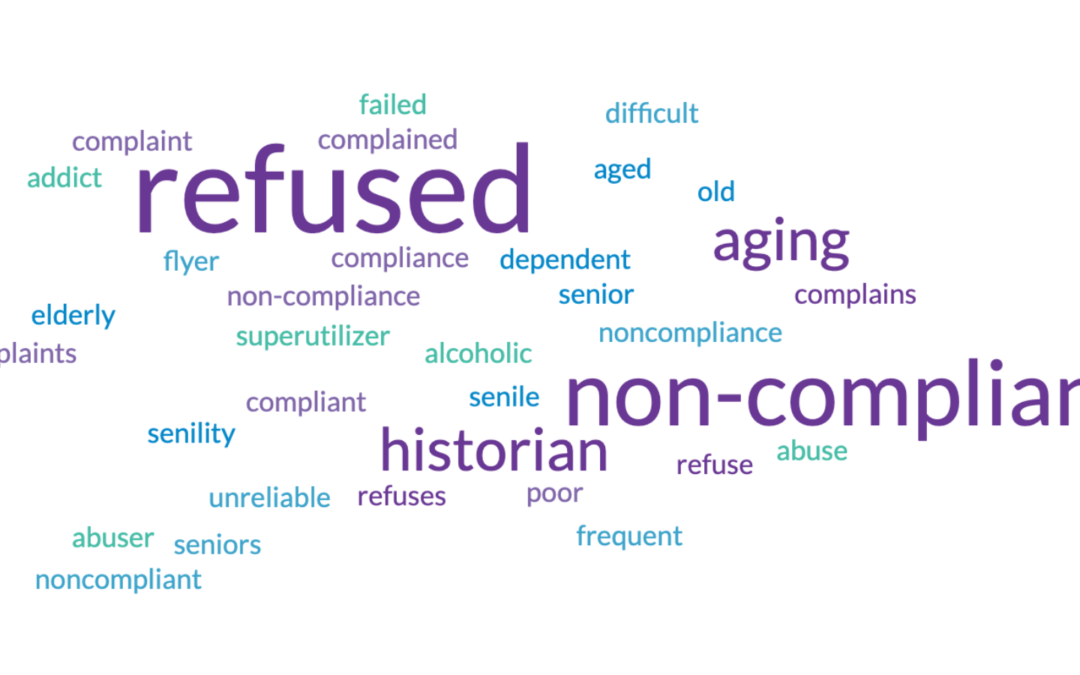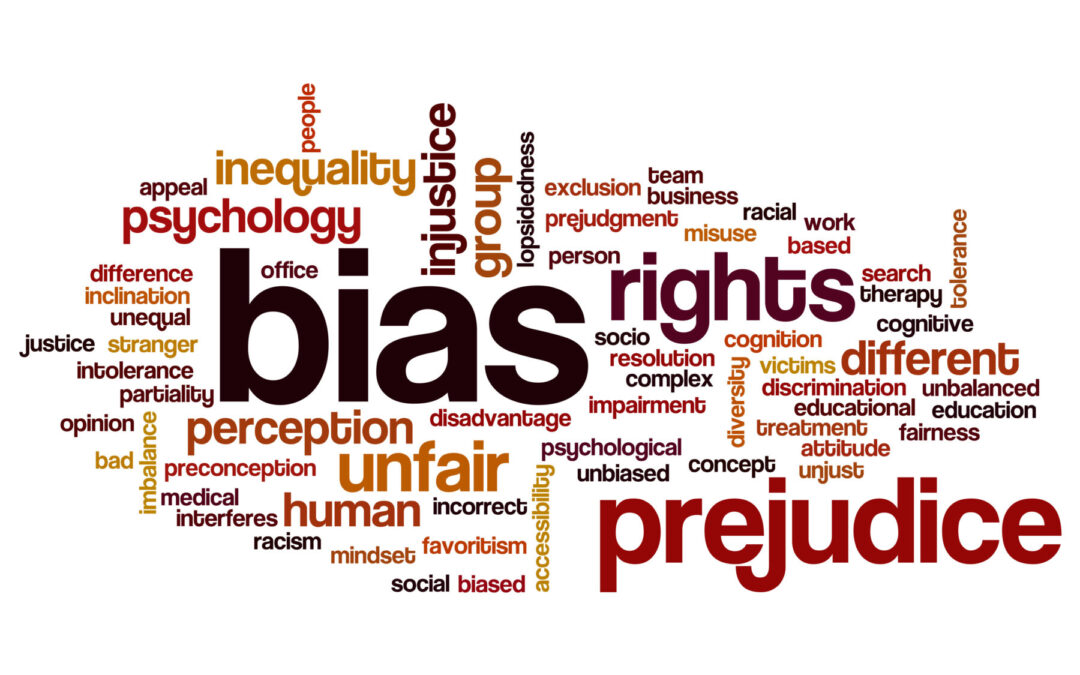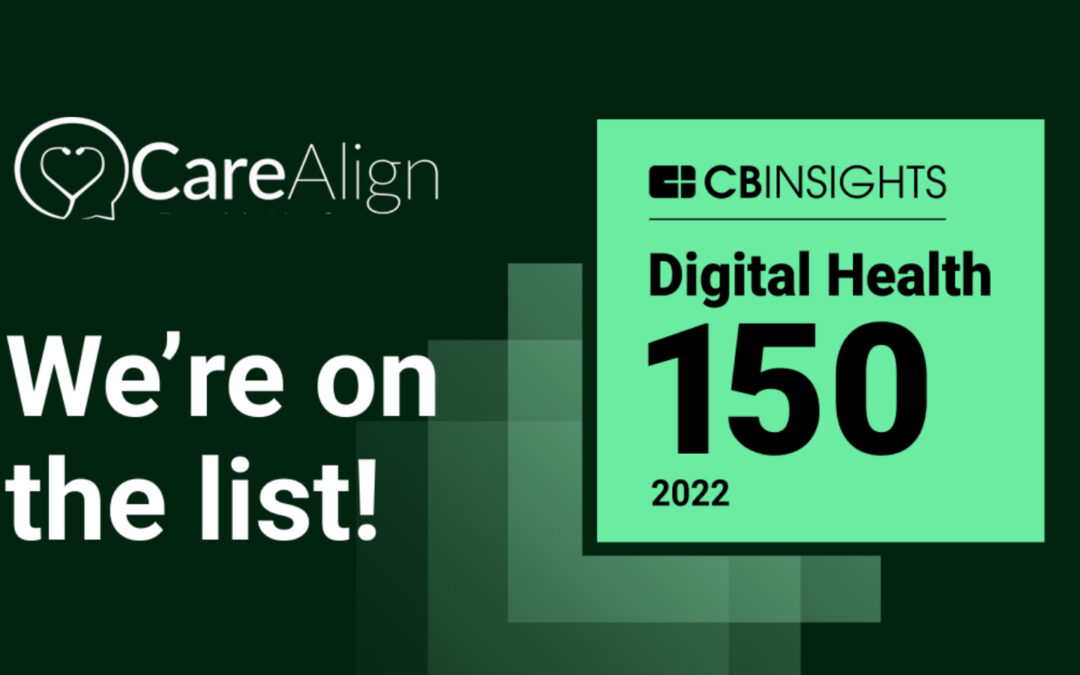
by Tristan Dooley | Jul 28, 2023 | Blog, DEI, Press
Share this article!Nursing handoffs are important to switch patient care from one clinician to another. But patient handoffs can also be chaotic, and chaotic handoff conditions can foster miscommunication. The Joint Commission’s Sentinel Event Data 2022 Annual Review...

by CareAlign | Jul 17, 2023 | Blog, DEI, Press
Share this article! Clinical-facing technology platform can now prompt users to reconsider nomenclature that perpetuates stereotypes among certain patient populations Philadelphia, PA (July 11, 2023) ‒ CareAlign, a digital workflow platform for improving clinical care...

by Tristan Dooley | Jul 11, 2023 | Blog, DEI
Share this article! We’ve talked about how unconscious bias, stigmatizing language, and stereotypes can impact patients. But biases impact clinicians, too. Whether it’s with supervisors, co-workers, or patients and their families, clinicians are also on the...

by Tristan Dooley | Apr 5, 2023 | Blog
Share this article! Climate change is causing extreme weather events, rising sea levels, increases in pollutants, and other natural disasters that negatively impact health around the world. While everyone is impacted by it to some extent, climate change...

by Tristan Dooley | Dec 7, 2022 | Blog, Care Coordination, Feature, News, Press
CareAlign recognized for achievements in Care Coordination and Collaboration New York, December 7, 2022 ‒ — CB Insights today named CareAlign to its fourth-annual Digital Health 150, showcasing the 150 most promising private digital health companies of 2022....

by Tristan Dooley | Nov 18, 2022 | Blog, Health Tech
Share this article! There is amazing technology being released almost every day. Like a supersonic jet which claims it can travel from Los Angeles to Sydney in 8 hours (instead of 14 ½). Or a handheld device that reads text out loud from any printed surface or digital...








